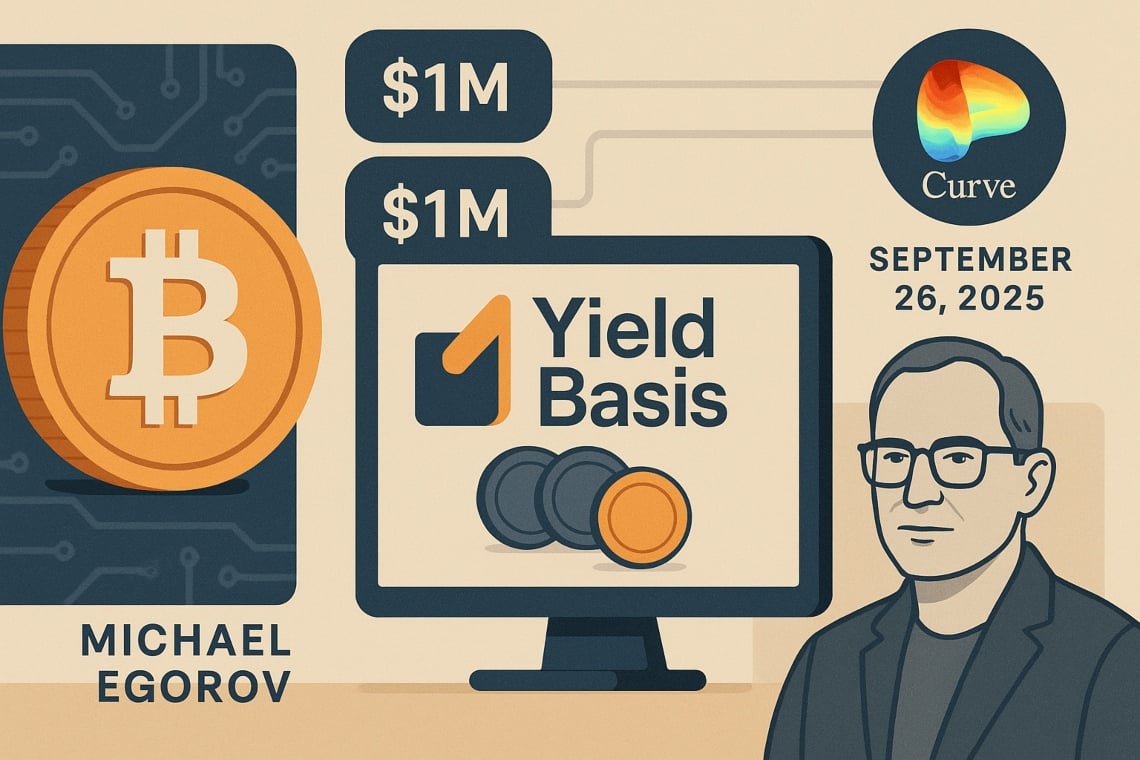Pound Sterling wobbles against US Dollar as focus shifts to US inflation

The Pound Sterling (GBP) trades in a tight range around 1.3350 against the US Dollar (USD) during the European trading session on Thursday. The GBP/USD pair consolidates as investors shift focus to the United States (US) Consumer Price Index (CPI) data for September, which will be finally released on Friday after facing some delay due to the government shutdown.
During the press time, the US Dollar Index (DXY), which tracks the Greenback’s value against six major currencies, trades 0.2% higher to near 99.10. The DXY rebounds after a corrective move on Wednesday.
The impact of the US inflation data will be significant on the US Dollar, as a majority of economic data releases have been canceled due to the ongoing federal shutdown.
As measured by the CPI, the US headline inflation is expected to have risen at a faster pace of 3.1% YoY in September against the prior release of 2.9%, with core figures growing steadily by 3.1%. On a monthly basis, the headline and core CPI are estimated to have risen by 0.4% and 0.3%, respectively.
Meanwhile, traders remain increasingly confident that the Fed will cut interest rates in both of its remaining monetary policy meetings this year. According to the CME FedWatch tool, traders see a 96% chance that the Fed will cut interest rates by 25 basis points (bps) in both policy meetings, later this month and in December.
Daily digest market movers: Pound Sterling trades mixed against its currency peers
- The Pound Sterling exhibits a mixed performance against its major currency peers on Thursday. However, the outlook for the British currency has become uncertain as traders have raised bets supporting more interest rate cuts by the Bank of England in the remaining year.
- According to a report from Reuters, interest rate futures were pricing a 78% chance that the BoE will cut its Bank Rate by 25bps to 3.75% before the year-end, up from about 46% recorded on early Wednesday.
- BoE dovish bets accelerated after Wednesday’s release of the United Kingdom (UK) CPI data for September, which signaled that growth in price pressures is peaking. The BoE stated in its September monetary policy meeting that inflationary pressures would peak around 4% this month.
- According to the UK inflation report, the core CPI – which strips off volatile items – rose at a slower pace of 3.5% against 3.6% in August. Meanwhile, the headline inflation grew at a steady pace of 3.8%.
- Accelerating BoE dovish bets have weighed on short-term UK gilt yields. 10-year yields slide to near 4.37%, the lowest level seen in 10 months.
- Going forward, investors will focus on UK Retail Sales data for September and preliminary S&P Global UK-US Purchasing Managers’ Index (PMI) data for October, which will be released on Friday.
- On the global front, trade tensions between the US and China have risen as the US plans to impose restrictions on software-powered exports to China starting November 1, Reuters reported. The report also showed officials from White House warned that the plan could cover a wide range of products because “everything imaginable is made with US software.”
Technical Analysis: Pound Sterling consolidates around 1.3350
-1761204691941-1761204691943.png&w=1536&q=95)
The Pound Sterling trades inside Wednesday’s trading range around 1.3350 against the US Dollar at the time of writing. The near-term trend of the GBP/USD pair remains uncertain as it trades below the 20-day Exponential Moving Average (EMA), which is around 1.3404.
The 14-day Relative Strength Index (RSI) wobbles near 40.00. A fresh bearish momentum would emerge if the RSI drops below that level.
Looking down, the August 1 low of 1.3140 will act as a key support zone. On the upside, the psychological level of 1.3500 will act as a key barrier.
Pound Sterling FAQs
The Pound Sterling (GBP) is the oldest currency in the world (886 AD) and the official currency of the United Kingdom. It is the fourth most traded unit for foreign exchange (FX) in the world, accounting for 12% of all transactions, averaging $630 billion a day, according to 2022 data.
Its key trading pairs are GBP/USD, also known as ‘Cable’, which accounts for 11% of FX, GBP/JPY, or the ‘Dragon’ as it is known by traders (3%), and EUR/GBP (2%). The Pound Sterling is issued by the Bank of England (BoE).
The single most important factor influencing the value of the Pound Sterling is monetary policy decided by the Bank of England. The BoE bases its decisions on whether it has achieved its primary goal of “price stability” – a steady inflation rate of around 2%. Its primary tool for achieving this is the adjustment of interest rates.
When inflation is too high, the BoE will try to rein it in by raising interest rates, making it more expensive for people and businesses to access credit. This is generally positive for GBP, as higher interest rates make the UK a more attractive place for global investors to park their money.
When inflation falls too low it is a sign economic growth is slowing. In this scenario, the BoE will consider lowering interest rates to cheapen credit so businesses will borrow more to invest in growth-generating projects.
Data releases gauge the health of the economy and can impact the value of the Pound Sterling. Indicators such as GDP, Manufacturing and Services PMIs, and employment can all influence the direction of the GBP.
A strong economy is good for Sterling. Not only does it attract more foreign investment but it may encourage the BoE to put up interest rates, which will directly strengthen GBP. Otherwise, if economic data is weak, the Pound Sterling is likely to fall.
Another significant data release for the Pound Sterling is the Trade Balance. This indicator measures the difference between what a country earns from its exports and what it spends on imports over a given period.
If a country produces highly sought-after exports, its currency will benefit purely from the extra demand created from foreign buyers seeking to purchase these goods. Therefore, a positive net Trade Balance strengthens a currency and vice versa for a negative balance.





